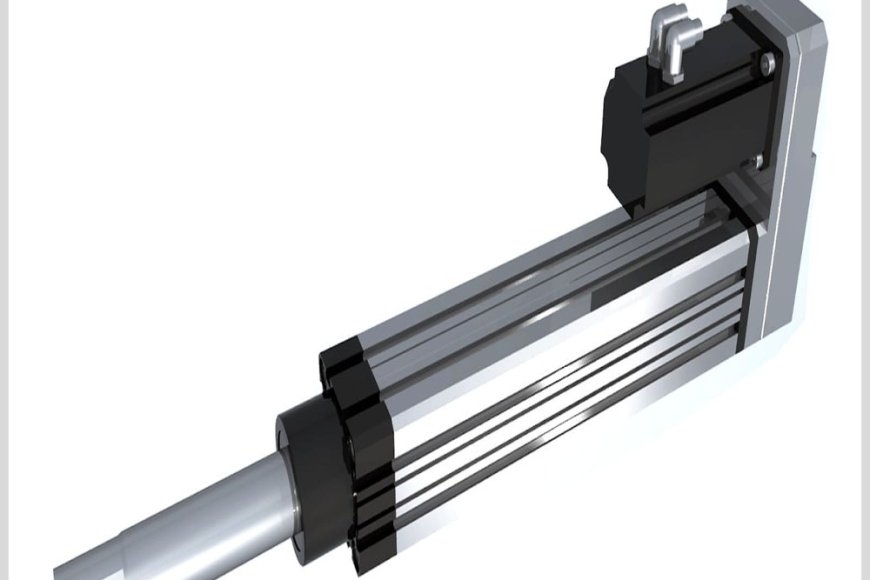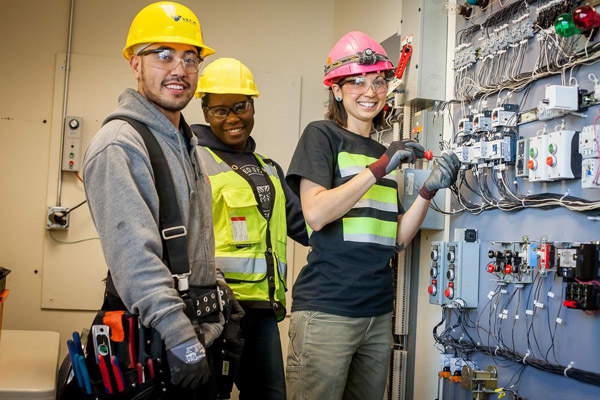
Linear actuators are fundamental components in modern machinery, playing a pivotal role in motion control across various industries. Essentially, a linear actuator is a device that creates motion in a straight line, as opposed to the circular motion generated by conventional motors. This linear movement is crucial in applications ranging from industrial machinery to consumer electronics, enabling precise control and automation.
The significance of linear actuators lies in their versatility and efficiency. They are key in transforming electrical energy into mechanical motion, providing a controlled and accurate means of movement that is essential in numerous automated processes. Their integration in systems ranges from simple window mechanisms to complex robotics, demonstrating their widespread utility.
Delving deeper into this intriguing world, the Progressive Automations blog emerges as an invaluable resource. Their blog about linear actuator offers a wealth of information, shedding light on various aspects of linear actuator technology. Whether you’re a seasoned engineer, a student, or a DIY enthusiast, this blog provides insights that span from basic concepts to advanced applications. It’s a platform where innovation meets practicality, offering readers a detailed look into the evolving landscape of linear actuators.
Understanding Linear Actuators and Specific Applications
At its core, a linear actuator works by converting energy — be it electrical, hydraulic, or pneumatic — into straight-line motion. Electric actuators, for instance, utilize motors to drive motion, while hydraulic and pneumatic actuators rely on fluid or air pressure, respectively. Each type has its unique advantages and is suited for specific applications. Electric actuators are prized for their precision and control, making them ideal for intricate tasks. Hydraulic actuators offer high power density and are commonly found in heavy machinery. Pneumatic actuators are preferred in environments where safety and simplicity are paramount.
The Progressive Automations blog offers a treasure trove of information on these variants. It features articles that not only explain the mechanics of these actuators but also highlight their real-world applications. From detailed guides on selecting the right actuator for a specific task to showcasing innovative projects that utilize these devices, the blog serves as a comprehensive guide for anyone keen to understand and apply linear actuator technology effectively.
Innovations and Technological Advances
Recent advancements in actuator technology have been nothing short of revolutionary, pushing the boundaries of what’s possible in motion control. One notable innovation is the integration of smart technology into actuators. This leap forward has brought about actuators equipped with sensors and embedded control systems, enabling real-time feedback, precision control, and greater automation capabilities. Such technological enhancements not only improve performance but also extend the lifespan of these devices by enabling predictive maintenance and self-diagnosis.
A fascinating case study featured on the Progressive Automations blog highlights the use of advanced linear actuators in space exploration. The article delves into how actuators are being designed to withstand the harsh conditions of space, including extreme temperatures and radiation. These actuators play a critical role in satellite deployment, solar panel positioning, and even in robotic arms used for repairs and research in space missions.
Another area where innovation shines is in the development of miniaturized actuators. These smaller, more efficient units are revolutionizing medical devices and consumer electronics, allowing for compact designs without sacrificing power or precision.
Practical Applications of Linear Actuators
The practical applications of linear actuators are as diverse as the industries they serve. In the automotive sector, they are integral in creating more efficient and safer vehicles. Actuators are employed in various systems, including braking, steering, and throttle control. A blog post on Progressive Automations explores the role of actuators in electric vehicles (EVs), emphasizing their contribution to the seamless operation of battery systems and charging mechanisms.
In the medical field, the precision and reliability of linear actuators have made them indispensable. They are used in surgical robots, offering enhanced dexterity and control that aid surgeons in performing complex procedures. Additionally, actuators are crucial in hospital beds and adjustable examination tables, enhancing patient comfort and accessibility.
Industrial automation is another area where actuators have a significant impact. They are pivotal in assembly lines, material handling, and robotics, increasing efficiency and safety. The blog features a case study on the use of linear actuators in manufacturing plants, showcasing how they streamline processes and reduce manual labor, leading to increased productivity and reduced costs.
Each of these examples from the Progressive Automations blog not only illustrates the versatility of linear actuators but also underscores the continuous evolution of this technology. From space exploration to improving everyday life, linear actuators are at the forefront of innovation, driving progress across various sectors.
DIY Projects and Custom Solutions: Integrate Actuators for Home Improvement Purposes
The realm of DIY projects with linear actuators is a testament to the versatility and adaptability of these devices. Progressive Automations’ blog features a plethora of projects, showcasing how enthusiasts and professionals alike harness the power of actuators for custom solutions. For instance, one blog post details the creation of an automated pet door, a project that combines the convenience of technology with pet care. This not only demonstrates the practical application of actuators but also inspires readers to think creatively about everyday automation.
Another highlighted project is the construction of a custom standing desk. This DIY guide walks through the process of integrating linear actuators into a desk setup, enabling adjustable height settings. It’s an excellent example of how actuators can be used to enhance ergonomics and comfort in personal spaces.
Challenges and Solutions of Working with Actuators
Working with linear actuators is not without its challenges. One common issue is selecting the appropriate actuator for a specific application, considering factors like load capacity, speed, and stroke length. The blog addresses these concerns by offering selection guides and expert advice, aiding readers in making informed decisions.
Another challenge often encountered is the integration of actuators into existing systems. To this end, the blog presents troubleshooting tips and best practices for seamless integration. Articles discussing the maintenance of actuators also provide valuable insights into prolonging their lifespan and ensuring optimal performance.
Future Trends and Predictions: AI and IoT
Looking ahead, the future of actuator technology appears both innovative and transformative. Blog contributors at Progressive Automations speculate on the increasing integration of AI and IoT in actuators, envisioning a world where actuators not only perform tasks but also make intelligent decisions based on environmental feedback. This could lead to more autonomous systems, capable of adapting to changing conditions without human intervention.











